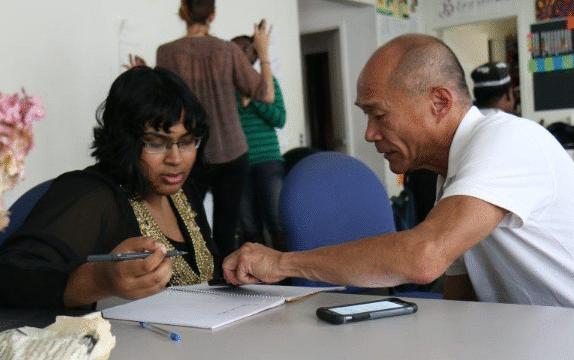Books are powerful tools that open doors to knowledge,
imagination, and opportunity. Yet many schools,
especially in underserved areas, face shortages of
reading materials. A well-organized book drive can make a huge difference in providing students with the resources they need to grow as learners. If you have ever thought about running one, you may be surprised at how rewarding the process can be for both the organizer and the community. Let’s explore how you can plan and carry out a successful book drive for schools.
The first step is to define the purpose of your book drive. While the general goal is to collect books for students, narrowing down the focus can help guide the entire effort. For example, some schools may need storybooks for younger children, while others may benefit from textbooks, reference materials, or novels for older students. Knowing the specific needs ensures that the donations are not only generous but also useful. Reaching out to teachers or school administrators before launching the drive is a good way to identify what types of books will have the greatest impact.
Once you have a clear purpose, it is time to plan the logistics. Successful book drives rely on careful organization. Decide on a timeframe for the campaign. A few weeks is often ideal because it gives people enough time to contribute without losing momentum. Next, choose collection points that are accessible and visible, such as community centers, libraries, workplaces, or even local coffee shops. Be sure to secure permission from the venues in advance and provide them with clear signage explaining the goal of the drive.
Promotion plays a vital role in gathering support. Even the best-organized book drive will not succeed unless people know about it. Use multiple channels to spread the word. Social media is a powerful tool for reaching a wide audience quickly. A simple post explaining the need and how to contribute can inspire friends and followers to participate. Traditional methods like posters, flyers, and word-of-mouth are also effective, especially in local neighborhoods. Sharing stories about how books transform lives can make the appeal more personal and compelling.
To maintain excitement, consider involving community groups, businesses, and schools themselves in the promotion. Local businesses may be willing to sponsor the drive or provide discounts to those who donate. Student groups can also play a big role in energizing the campaign by organizing events, contests, or reading activities tied to the book drive. These efforts not only boost donations but also help strengthen community connections.
As the books start to come in, setting up a system for sorting and quality control is important. While donations are made with good intentions, not every book will be suitable for classroom use. Aim to accept gently used or new books in good condition. Volunteers can help review the donations, ensuring they are appropriate for the target age group and free of damage. Sorting books by subject or grade level before delivery makes it easier for schools to distribute them effectively.
Once the collection phase is complete, focus on delivery and presentation. A book drive does not end when the donations are gathered; how the books are handed over can add to the sense of accomplishment and joy. Delivering the books in person allows donors, volunteers, and recipients to celebrate the effort together. Some organizers arrange a small event at the school where students can explore the new collection. Such moments highlight the value of community support and can inspire future participation.
Follow-up is another step that should not be overlooked. Sharing the results of the drive helps build trust and appreciation among participants. Posting photos, sharing thank-you messages from students or teachers, and reporting the number of books collected shows transparency and impact. This communication also sets the stage for future initiatives, as people who see the positive results are more likely to support another drive in the future.
Beyond the immediate benefits of providing books, organizing a book drive has broader positive effects. It encourages community members to work together for a common purpose, teaches children about the importance of giving, and raises awareness about the role of literacy in education. Students who receive the books not only gain access to new stories and knowledge but also feel supported by a larger network of caring individuals.
For those who wish to go further, a book drive can be the start of a long-term project. Some communities establish ongoing book donation programs or even create small libraries in schools that are restocked regularly. Partnering with nonprofit organizations can also extend the reach of the effort, ensuring that schools in multiple areas benefit from the generosity.
Organizing a book drive is a practical yet deeply meaningful way to contribute to education. It does not require vast resources, only commitment, planning, and a willingness to involve others. Each donated book represents a chance for a student to discover new ideas, strengthen reading skills, and build confidence in learning.
When thinking about making a difference in education, it is easy to feel that the challenges are too large for one person to tackle. But small actions like a book drive remind us that change often begins with a simple idea and grows through collective effort. The process of gathering, promoting, and delivering books is straightforward, but the impact reaches far beyond the pages of the donated items. It nurtures a culture of giving and shows young learners that their education matters to the community.
If you are considering starting a book drive, know that the journey is both manageable and rewarding. Begin by talking to a local school, gather a few friends to help, and take that first step in planning. With organization and community spirit, you can help bring the gift of reading to classrooms that need it most. And in doing so, you are not just delivering books; you are opening doors for countless young minds eager to learn.






